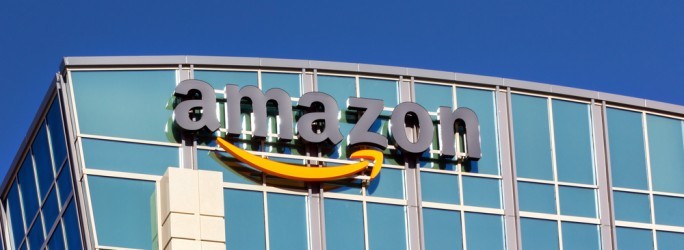VPA speaker market to reach $2.1bn says Gartner

Virtual personal assistant-enabled wireless speaker market has been led by Amazon
End-user spending in the worldwide virtual personal assistant (VPA)-enabled wireless speaker market will reach $2.1 billion by 2020, up from $360 million in 2015, according to analyst Gartner.
By 2020, 3.3 percent of global households are forecast to have adopted a VPA-enabled wireless speaker, said the analyst house.
Werner Goertz, a Gartner analyst, said: “Last year, the VPA speaker market essentially consisted of end-user spending focused entirely on Amazon Echo, a wireless speaker with an array of embedded microphones to capture and respond to users’ far-field voice commands for Amazon’s VPA — Alexa.
 “Later, Amazon introduced the Tap and Echo Dot. By 2020, competitors’ products and third-party implementations of leading VPAs (Google Assistant, Apple’s Siri and Microsoft’s Cortana) will likely have ramped up.”
“Later, Amazon introduced the Tap and Echo Dot. By 2020, competitors’ products and third-party implementations of leading VPAs (Google Assistant, Apple’s Siri and Microsoft’s Cortana) will likely have ramped up.”
VPA speakers, especially those that are wall-powered, allow for multiple devices to be owned by a household and installed in a home. The value of the device is derived from the ease of use and a natural, intuitive interaction model, said Gartner. If this value is recognised by all household members, it will “drive the desire to have terminal access throughout the entire house, not just in one room”.
“A significant number of households could therefore have more than one unit, or even one per room,” said Goertz. “With smaller form factors, price erosion over the years and potential subsidisation models, we expect that 75 percent of households with VPAs will have one, 20 percent will have two, and five percent will have three or more devices by 2020.”
Today’s VPAs are limited in vocabulary and contextualisation, but they will improve in the future. While speech-to-text conversion has matured since the early days of voice recognition, it is the semantic interpretation of the spoken word, the contextualisation of the vocal expression and the rendering of a meaningful response that still require optimisation, Gartner said.
Gartner expects that by 2020, a natural-language interaction could be delivered that satisfies users and creates scenarios with significantly improved value. Consequently, adoption of VPA interaction, especially in commercial applications, will occur and drive unit sales for VPA speakers.
“The widespread adoption and proliferation of VPA speakers could result in a significant number of online shopping orders in the home being initiated from a VPA speaker, rather than a laptop or mobile device,” said Goertz.
“Vendors that are able to create an intimate, familiar relationship with the user will be able to contextualise ordering to the extent that preferred products will be proposed, and processing details will already be captured. As a result, the user’s propensity to purchase products and services using VPA systems should increase, transactional friction could be reduced and the overall user experience would be improved.”
@AntonySavvas